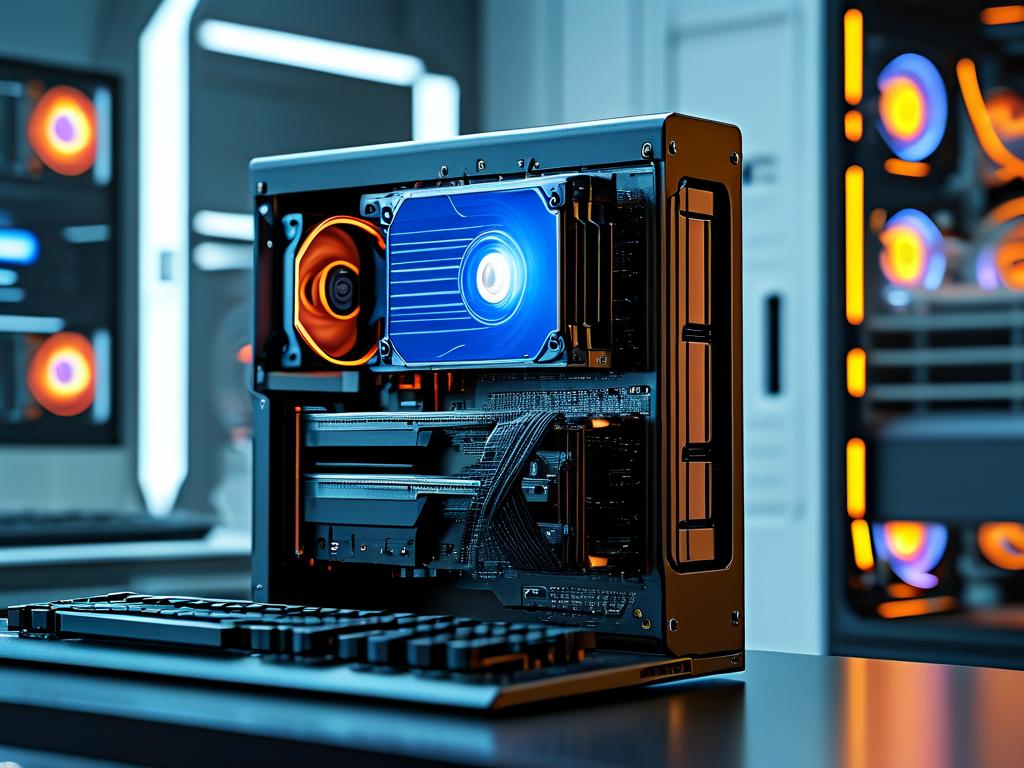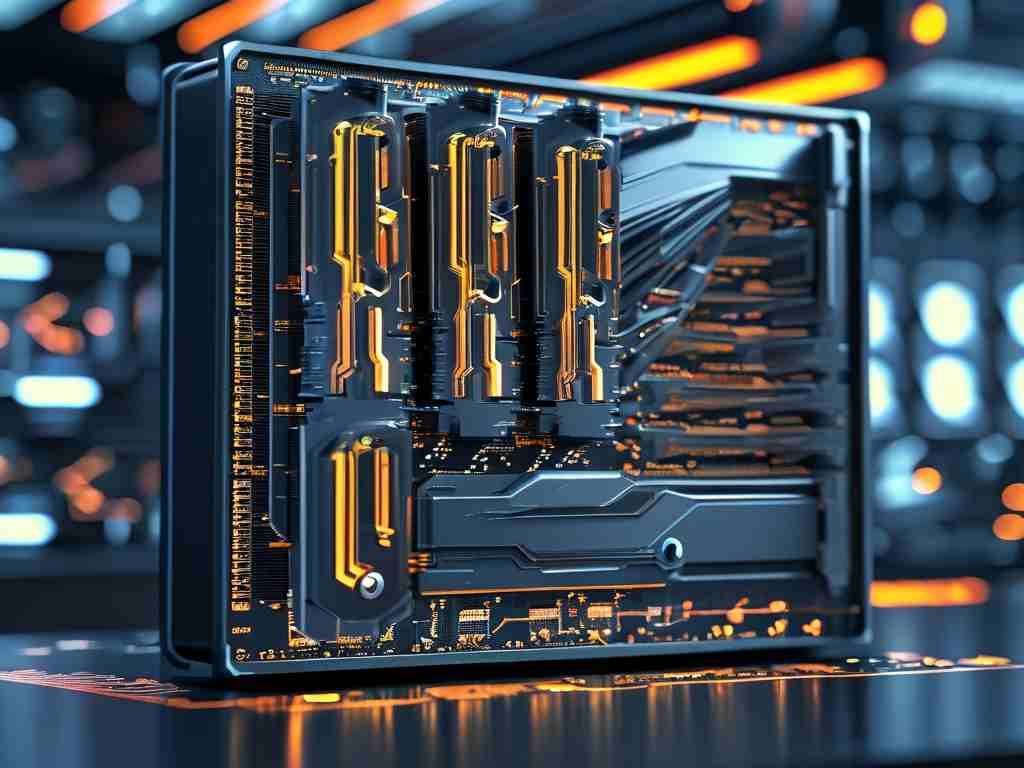In the realm of modern computing, efficient memory management plays a pivotal role in optimizing tasks such as image selection and processing. As digital images grow in resolution and complexity, the demand for faster and more resource-conscious algorithms has surged. This article explores how memory allocation strategies impact computational efficiency during image selection, offering insights into balancing performance and resource utilization.

One critical challenge in image processing is handling large datasets without compromising speed. High-resolution images, such as those captured by 4K cameras or medical imaging devices, require significant memory allocation. When selecting specific images from a batch—for example, in machine learning training sets or archival systems—poor memory management can lead to latency or system crashes. A well-designed algorithm prioritizes memory pooling and garbage collection to ensure seamless operations.
A practical approach involves leveraging compressed data formats like JPEG XL or WebP, which reduce file size without sacrificing quality. By storing images in a compressed state and decompressing them only during active processing, systems conserve memory. Additionally, techniques such as lazy loading allow programs to load only portions of an image into memory when needed. For instance, graphic design software might load high-detail sections of an image while keeping other areas in a lower-resolution buffer.
Another key factor is the use of parallel computing. Modern GPUs and multi-core CPUs enable distributed memory access, splitting image data across multiple threads. This method not only accelerates selection tasks but also prevents memory bottlenecks. Developers often utilize frameworks like CUDA or OpenCL to implement parallel processing, as shown in the following pseudocode snippet:
// Parallel image thresholding example
kernel void applyThreshold(global uchar* image, int width, int height) {
int x = get_global_id(0);
int y = get_global_id(1);
if (x < width && y < height) {
int index = y * width + x;
image[index] = (image[index] > 128) ? 255 : 0;
}
}Caching mechanisms further enhance efficiency. Frequently accessed images or metadata can be stored in high-speed memory tiers (e.g., L1/L2 cache), reducing fetch times. For applications requiring real-time image selection—such as autonomous vehicles identifying obstacles—caching preprocessed data ensures rapid decision-making.
However, over-reliance on memory optimization can introduce trade-offs. Aggressive compression may degrade image quality, while excessive parallelization could lead to thread contention. Striking a balance requires profiling tools to monitor memory usage and identify bottlenecks. Tools like Valgrind or Intel VTune provide granular insights into memory leaks or inefficient allocation patterns.
Emerging technologies like non-volatile memory (NVM) promise to revolutionize this field. By combining the speed of RAM with the persistence of storage, NVM devices enable faster access to large image repositories. Researchers are also exploring quantum computing’s potential to solve complex image selection problems exponentially faster than classical systems.
In , memory optimization remains a cornerstone of efficient image selection in computing. From compression algorithms to hardware advancements, each innovation contributes to faster, more reliable systems. As data volumes continue to expand, adopting adaptive memory strategies will be essential for meeting the demands of tomorrow’s computational challenges.





